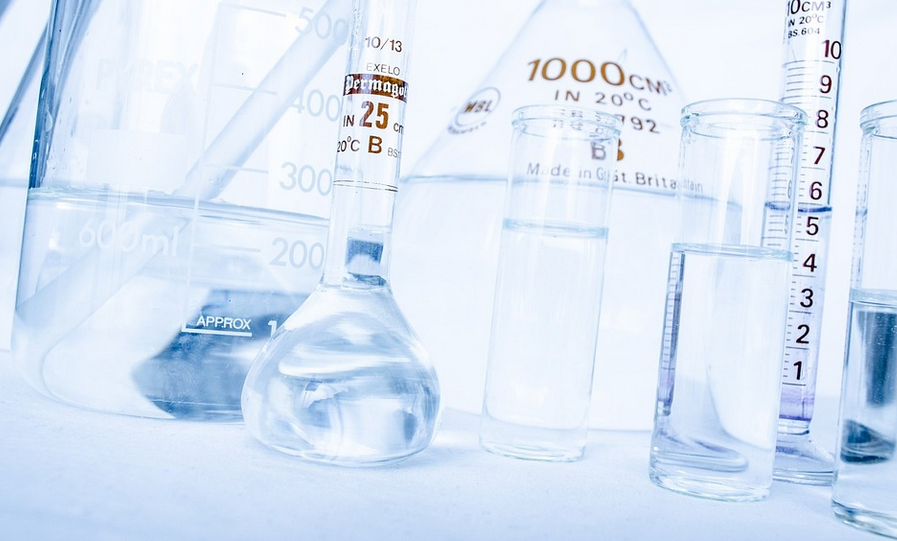The Discovery of Aspartame
Aspartame is an artificial sweetener that has been used in a wide range of food and drink products. The discovery of aspartame dates back to 1965, when a chemist named James M. Schlatter accidentally created the substance while working on a new anti-ulcer drug at G.D. Searle & Co.
While working in the lab, Schlatter licked his finger to pick up a piece of paper and noticed a sweet taste. He traced the sweetness back to a compound he had synthesized, which turned out to be aspartame. Schlatter and his team of researchers then began to study the compound and its potential uses.
The Approval Process
After years of research and clinical trials, aspartame was finally approved by the US Food and Drug Administration (FDA) in 1981 for use in tabletop sweeteners. It was later approved for use in soft drinks in 1983, and has since become one of the most widely used artificial sweeteners in the world.
Aspartame is commonly used in diet soft drinks, low-calorie desserts, and sugar-free gum. It is also used as a sugar substitute in a wide range of food products, including yogurt, cereal, and even some medications.
The Controversy Surrounding Aspartame
Despite its widespread use, aspartame has been the subject of controversy over the years. Some studies have linked it to an increased risk of cancer and other health issues, while others have found no such link.
Despite the controversy, the FDA and other regulatory agencies around the world continue to deem aspartame safe for consumption at levels commonly used in food and drink products.
The Future of Aspartame
Aspartame remains a popular artificial sweetener, but it is facing increasing competition from other sweeteners like stevia and monk fruit. These natural sweeteners are seen as healthier alternatives to artificial sweeteners like aspartame.
Despite this competition, aspartame is likely to remain a popular choice for food and beverage manufacturers for the foreseeable future. Its low cost, high sweetness, and versatility make it an attractive choice for a wide range of products.
Conclusion
In conclusion, aspartame was discovered in 1965 by a chemist working for G.D. Searle & Co. After years of research and clinical trials, it was finally approved for use in food and drink products by the FDA in 1981. Despite controversy over its safety, aspartame remains a popular artificial sweetener and is likely to continue to be used in a wide range of products for years to come.

